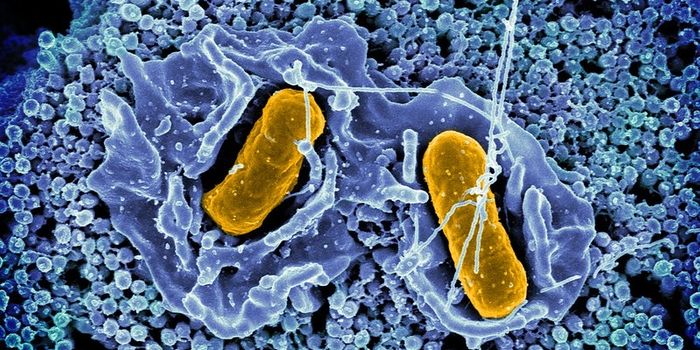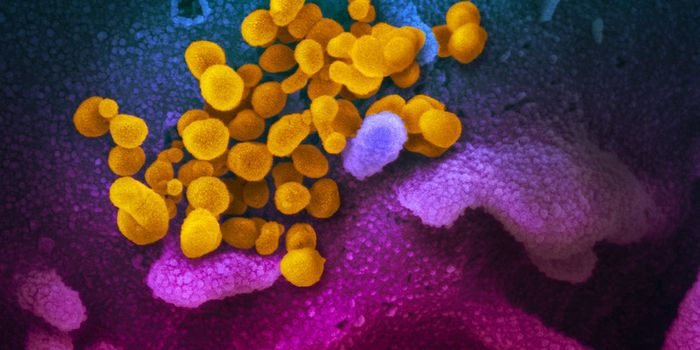Biological Sex Influences Infectious Disease Outcome
Mounting evidence reported by scientists all over the world suggests that infections caused by microorganisms such as bacteria, viruses, and fungi can be affected by both sex and gender. It is important to note that there is a difference between the two, where sex is the biological construct of male and female and gender is the social construct of male and female.
According to new research the biological sex of a person can play a role in infectious disease progression or immune response. Credit: The Good Men Project
As a result of the 2015 National Institutes of Health (NIH) policy requesting the consideration of sex as a biological variable in preclinical research, the American Society for Microbiology performed a systematic review of 2,928 research articles published in 2016 to assess the need for sex reporting in their journals.
In their review, they found that 37% of animal studies and 9% of cell culture papers published in 2016 did not report sex in their studies. The majority of animal studies either did not report the sex of the animals used or only used animals of one sex. Studies regarding cell lines did not report the sex of donors from which cells were used.
Because the X and Y chromosomes contain different genes involved in hormone and cell signaling throughout an individual’s development, sex should be regarded as a factor in the outcome of disease. Unfortunately, recent research has not utilized sex as a consideration in association with microbial pathogenesis or disease progression.
In laboratories using mice as animal models, females were typically preferred because they were less aggressive. Other laboratories prefer the use of same sex animals in studies because males and females are too difficult to distinguish. However; taking the time to report sex in animal studies could help us to better understand the associations between sex and disease.
Some examples of disease outcome differences between biological sexes include those observed with Ebola and HIV. Ebola symptoms were recently reported to be worse in men and in women. In men and women with acute HIV viral infection, women tended to have lower viral titers. In addition, some cancers including melanoma were previously reported to be worse in men than in women.
Sources: mBioshpere, mBio










